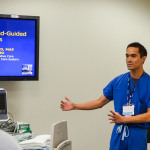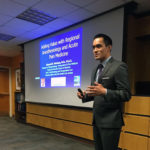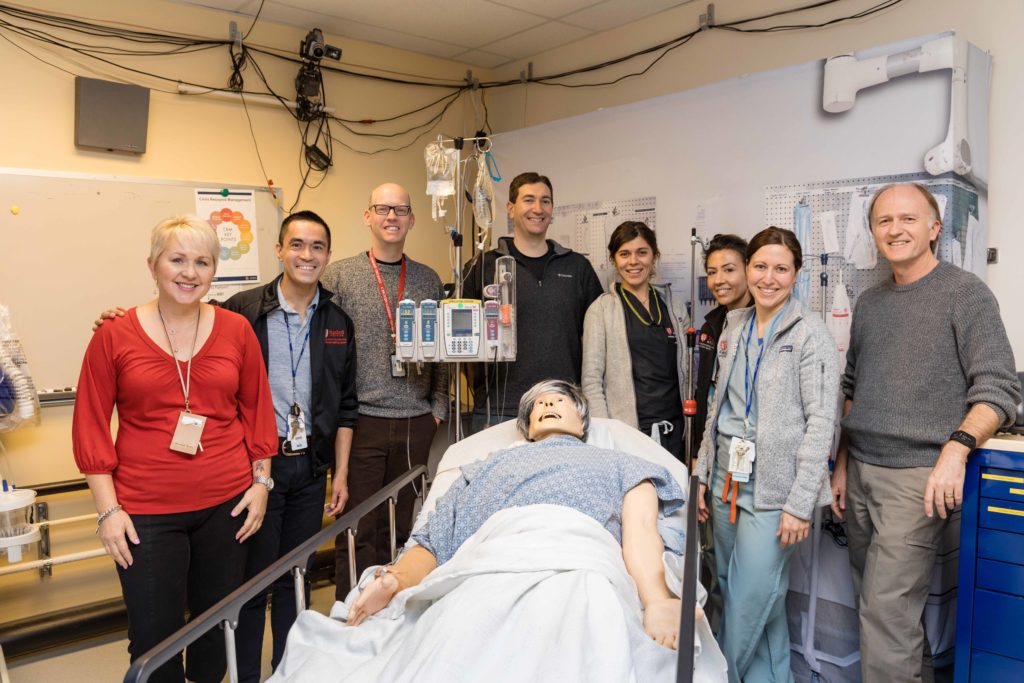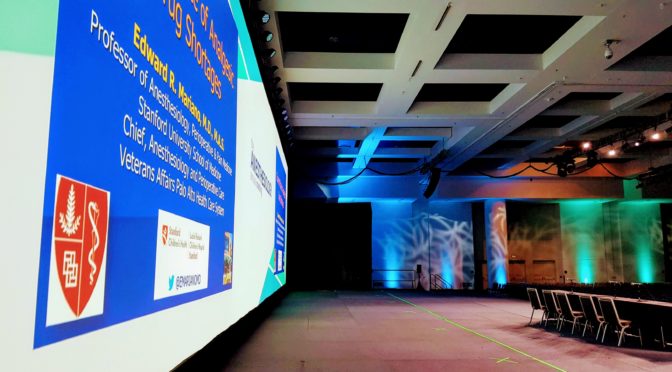
Dr. Mariano has given over 500 invited lectures and workshop presentations nationally and internationally. He has been a featured speaker at many prestigious medical conferences hosted by the American Society of Anesthesiologists, Association of Anaesthetists, American Society of Regional Anesthesia and Pain Medicine, Regional Anaesthesia United Kingdom, American Academy of Pain Medicine, World Congress of Anaesthesiologists, Philippine Society of Anesthesiologists, New Zealand Society of Anaesthetists, European Society of Regional Anaesthesia and Pain Therapy (ESRA), Asian and Oceanic Society of Regional Anesthesia and Pain Medicine, California Society of Anesthesiologists, New York School of Regional Anesthesia (NYSORA), Study in Multidisciplinary Pain Research (SIMPAR), New York State Society of Anesthesiologists, and others.
In addition to lecturing at Stanford, he has served as invited visiting professor to the University of Michigan, Mayo Clinic, Hospital for Special Surgery, Duke University, Columbia University, Mt. Sinai, University of Kansas, UC Irvine, UC San Diego, UCLA, Georgetown University, University of New Mexico, Ochsner Medical Center, Penn State, Oregon Health and Science University, Northwestern University, University of Alabama at Birmingham, Wake Forest University, Medical College of Wisconsin, Cedars-Sinai, Thomas Jefferson University, Vanderbilt, University of Toronto, University of Pennsylvania, Johns Hopkins University, University of Washington, University of Arkansas, University of Virginia, and more.
To invite Dr. Mariano for a guest lecture or visiting professorship, including virtual presentations, please contact Dr. Mariano with the event details and anticipated dates.
Recent lecture topics and slides (some available on YouTube):
- Optimizing Your Digital Presence
- Maximizing Your Scientific Impact: Self-Promotion on Social Media
- Recommendations and Resources for Regional Anesthesia Fellowships
- Multimodal Analgesia and Opioids after Hip Surgery
- Virtual Tools and Tips for Online Presentations
- New Trends in Postoperative Pain Management
- The Future of Training and Practice in Regional Anesthesia
- Time to Hit the Reset Button on Regional Anesthesia
- Opioid Stewardship Programs: a Local Approach to a Global Problem
- Prolonging the Benefits of Regional Anesthesia
- “Opioid-Free Anesthesia”
- Modernize Your CV with a Digital Portfolio
- The Biggest Threats to Anesthesiology Are…
- Regional Anesthesia Education and Social Media
- Postoperative Pain Trajectories and the Future of Regional Anesthesia
- Integrating Regional Anesthesia into Academic Healthcare: Making the Case So Everyone Wins

Verbatim feedback from course attendees:
- “Very engaging speaker, energetic, curious and knowledgeable. I really enjoyed having him visit us!”
- “Superb presentations, expertly delivered.”
- “Totally changed my impression of social media!”
- “Great presenter. Would actively recommend having him back.”
- “Excellent. Need to have him back again soon.”
- “Excellent topic. Excellent presentation quality. Excellent content.”
- “He really knows how to keep a student’s attention.”
- “A down to earth approach. Inspiring personality.”
VA Palo Alto ADAPT Regional Anesthesia Immersive Learning Center

This unique educational experience taught by expert faculty in a small group setting is designed for Stanford regional anesthesiology and acute pain medicine fellows who are learning to master basic and advanced ultrasound-guided regional anesthesia techniques. Fellows discuss practice management, learn to manage simulated crises such as local anesthetic systemic toxicity, and perform actual ultrasound-guided continuous peripheral nerve blocks at the VA Palo Alto’s state-of-the-art simulation center.
